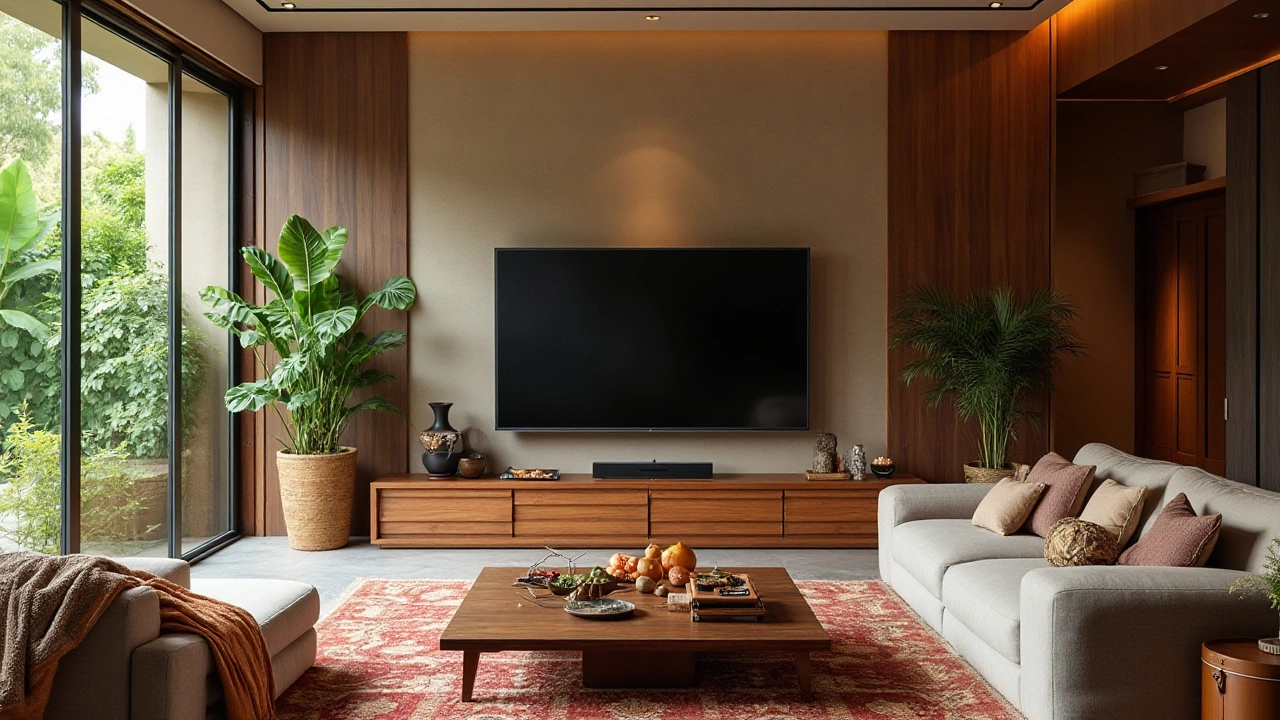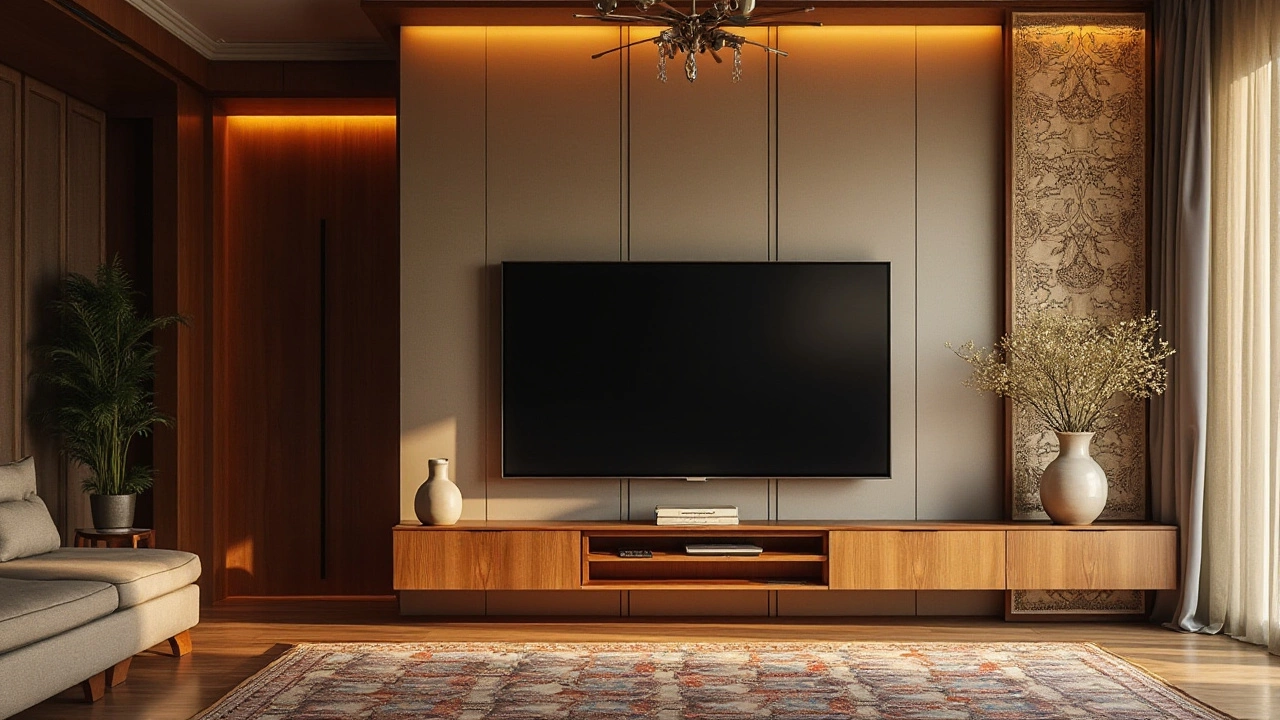Home Entertainment Essentials: Build a Cozy, Functional Living Space
When you walk into a room that’s set up for movies, games, or just relaxing, everything should feel easy to use and look good together. Start by measuring the floor, noting where power outlets are, and thinking about traffic flow. Keep the main seating area within a comfortable viewing distance from the screen – usually 1.5 to 2.5 times the TV’s diagonal.
Choosing the Right TV Size
A 65‑inch screen is about 8.7 inches wider than a 55‑inch model, which can change how it fits on a stand or mounts on a wall. Measure the width of your wall or TV stand first, then compare it to the TV’s dimensions. If the TV is too big, you’ll end up with a cramped look; too small and you’ll strain your eyes. Aim for a size that fills about 30‑40% of the wall space without overwhelming the room.
Picking a Sofa That Stays Comfortable
Not all sofas hold up over time. Look for frames made from hardwood or metal, and check the suspension – eight-way hand-tied springs or high‑density foam are good signs. A durable sofa won’t sag after a few years, saving you from needing a replacement. If you have kids or pets, consider a slipcover or a wash‑able fabric to protect the upholstery.
With the TV and sofa in place, the coffee table becomes the bridge between them. Choose a height that matches the seat cushion – usually 1‑2 inches lower than the sofa’s seat. Round or nesting tables work well in tight corners, while lift‑top designs give extra storage for remotes and magazines. Adding a protective pad or felt under the legs can prevent scratches on your floor.
Rugs add comfort and define the entertainment area. A common question is whether to put a rug under the coffee table. The answer is yes, as long as the rug is large enough so all four legs of the sofa and chairs sit on it. This creates a cohesive look and reduces wear on hardwood floors.
Color coordination ties the room together. If your sofa is a neutral shade, you can play with bold colors for the rug or coffee table. For a more subtle vibe, match the TV stand color to the sofa’s legs. Keep the palette balanced – too many competing hues can look chaotic.
Don’t forget practical details like storage. If you’re short on space, a coffee table with hidden drawers or a sofa with a built‑in compartment can hold blankets, games, or extra pillows. This keeps the room tidy without adding extra furniture.
Finally, test the layout before you commit. Walk around the area with a tape measure, sit on the sofa, and view the TV from different angles. Small adjustments now save you from rearranging later. With the right TV size, a sturdy sofa, a functional coffee table, and a well‑placed rug, your home entertainment zone will be ready for movie nights, game sessions, and casual hangouts.
Choosing the Perfect TV Size for Your Stand: What You Need to Know
When deciding whether your TV should be bigger than your TV stand, a balance between aesthetics and practicality must be struck. This article explores the importance of proportional dimensions in your living room, ensuring both a visually pleasing setup and an enjoyable viewing experience. It offers insights into the necessary considerations for selecting the right TV size, aligning with the room's layout, seating distance, and personal style. By understanding these elements, you can create a coherent home entertainment space that meets both practical and design needs.
Can a 65-Inch TV Safely Fit on a 55-Inch Stand?
Choosing the right TV stand for your large screen can be a challenge, especially when you have a 65-inch TV and a 55-inch stand. This article explores whether this setup is feasible and safe, offering insights into weight capacity, stability, and design considerations. By understanding these factors, you can make informed decisions to enhance your home entertainment experience. This guide also includes practical tips to ensure that your prized television rests securely and stylishly.






